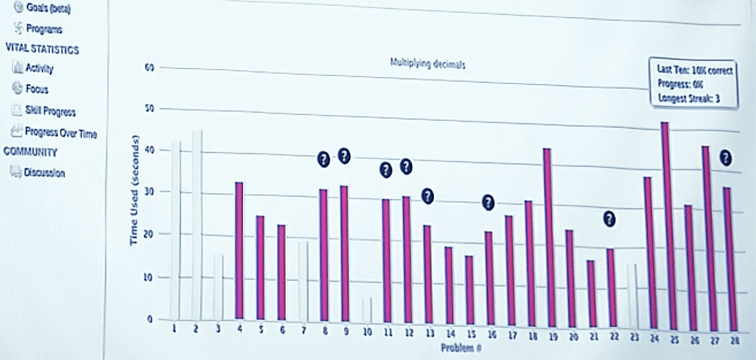



Descriptive statistics is simply a process to describe our existing data. Descriptive Statistics -Descriptive statistics is a concept that allows us to analyze and summarize data and organize the same in the form of numbers graph, bar plots, histogram, pie chart, etc.Statistical Parameter: Statistical or population parameter is basically a quantity that helps in indexing a family of probability distributions like the mean, median, or mode of a population.Probability Distribution: A probability distribution is a mathematical concept that primarily gives the probabilities of occurrence of different possible outcomes generally for an experiment conducted by statisticians.Variable: A Variable can be a number, a characteristic, or a quantity that can be counted.Sample: A Sample is nothing but a subset of the Population which is used for sampling of data and in inferential statistics to predict the outcome.Population: A population is the set of resources from where we can collect data.To become a master in the statistical program we should be familiar with certain terminologies. Let’s learn about the basic terminologies of statistics and their categories. There are many more important statistical concepts that we need to learn and implement for data science and machine learning. While we are introduced to certain statistical concepts like central tendency and standard deviation much earlier. Nowadays, statistics has taken a pivotal role in various fields like data science, machine learning, data analyst role, business intelligence analyst role, computer science role, and much more. Earlier, statistics was practiced by statisticians, economists, business owners to calculate and represent relevant data in their field. Statistics is one of the popularly known disciplines that is mainly focused on data collection, data organization, data analysis, data interpretation, and data visualization. What is Statistics? What are the types of statistical concepts you should know? Introduction to Statistics And Machine Learning:


 0 kommentar(er)
0 kommentar(er)
